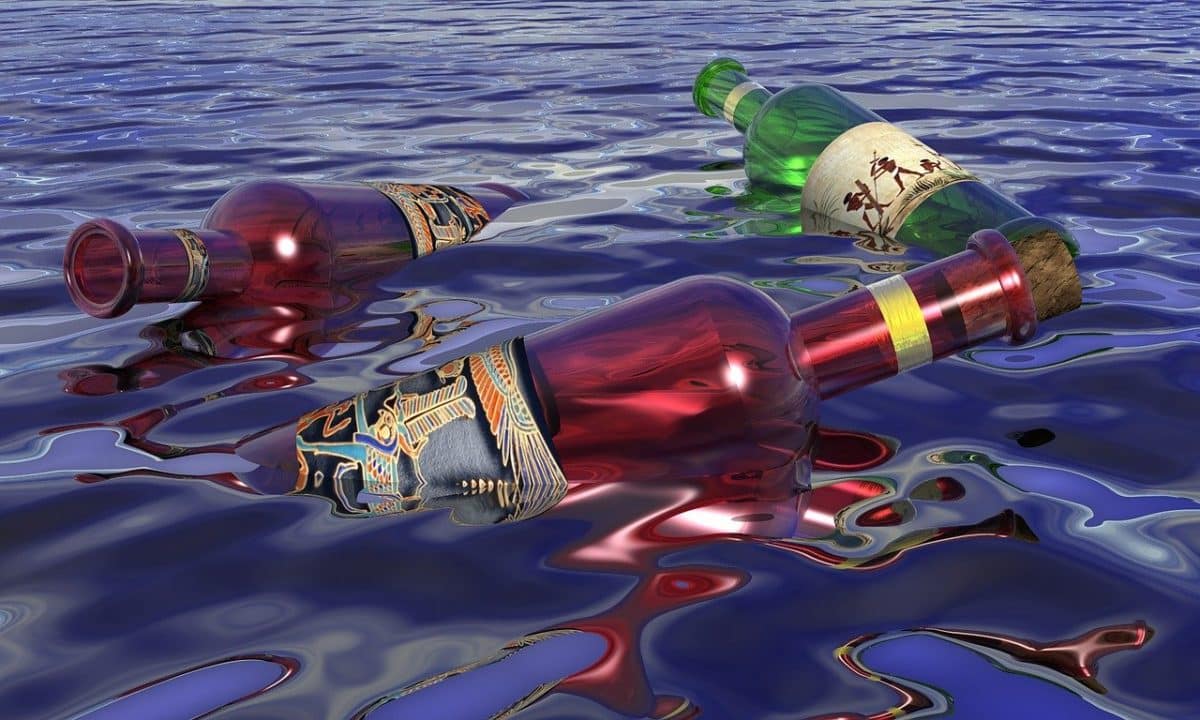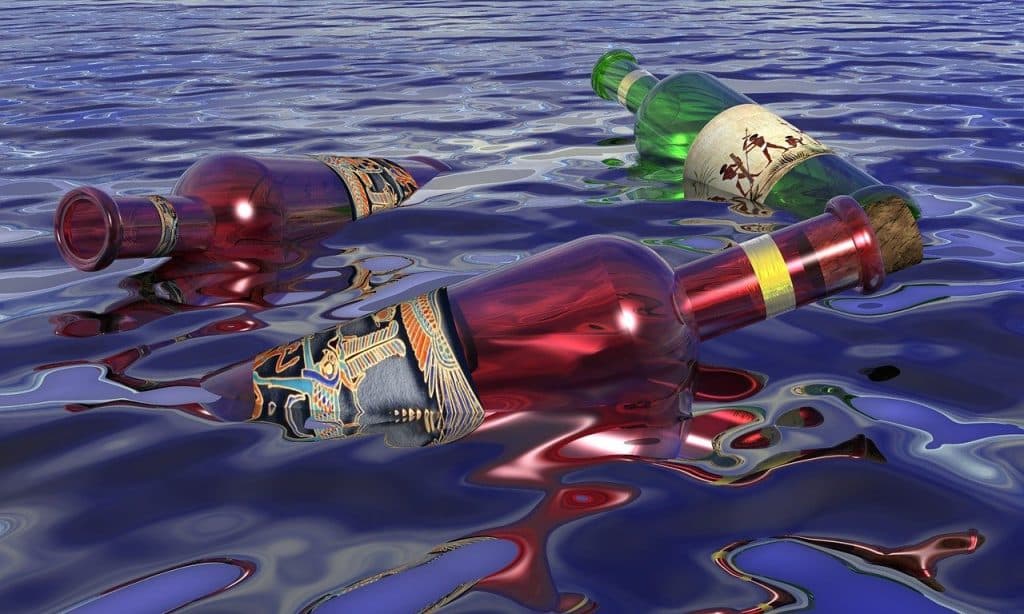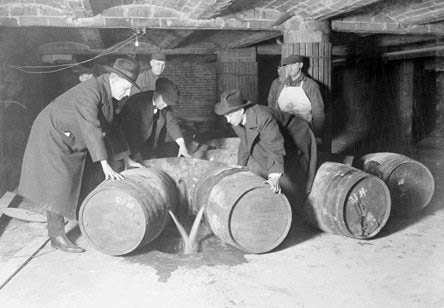

Image by Steve Bidmead from Pixabay
One hundred years ago on January 17, 1920, the Eighteenth Amendment to the U.S. Constitution went into effect. That amendment established the prohibition of “intoxicating liquors” in the nation—and initiated thirteen years of national turmoil.
The long road to Prohibition
The inimitable Ken Burns produced a three-part, six-hour documentary film series in 2011 under the title “Prohibition,” now available on Netflix. The first part is titled “A Nation of Drunkards,” and it begins with the more than ninety-year history of the road that led to Prohibition.
In 1826, Lyman Beecher, Harriet Beecher Stowe’s father, preached six sermons on “intemperance,” as the drinking of alcoholic beverages was called then, and those sermons are still available in many places online (for example, see here).
Beecher (1775~1863) then co-founded the American Temperance Society that same year. That first anti-alcohol organization was followed by the founding of the Woman’s Christian Temperance Union in 1874 and the even more influential Anti-Saloon League in 1893.
Joining forces, the latter two nationwide organizations spurred the election in 1916 of the two-thirds majorities necessary in both houses of Congress to propose the Eighteenth Amendment to the Constitution.
The Prohibition Amendment
In the last half of 1917, the Senate voted 65-20 in favor of the 18th Amendment, and that was followed by a 282-128 favorable vote in the House. Then it was sent to the states for ratification.
On January 16, 1919, the necessary 36th state (out of 48) ratified the Amendment, which began,
After one year from the ratification of this article the manufacture, sale, or transportation of intoxicating liquors within, the importation thereof into, or the exportation thereof from the United States and all the territory subject to the jurisdiction thereof for beverage purposes is hereby prohibited.
So, the following year on Jan. 17, Prohibition went into effect—and this was the beginning of a period of increasing lawlessness in the country.
The second part of Ken Burns’s documentary is titled, “A Nation of Scofflaws.” Opposition to Prohibition led to rampant and flagrant violations of the law and resulted in a rapid rise of organized crime around the nation, such as typified by Chicago’s Al Capone.
After only 13 years, the 18th Amendment was repealed by the 21st amendment which was proposed by Congress in February 1933 and was ratified by the requisite number of states that December.
For the most part, legalized Prohibition was a dismal failure.
What about inhibition?
I am using “inhibition” here as explained in Encyclopedia Britannica: In psychology, inhibition means the “conscious or unconscious constraint or curtailment of a processor or behaviour, especially of impulses or desires. Inhibition serves necessary social functions, abating or preventing certain impulses from being acted on . . . .”
And I am suggesting that since legislation was so ineffective in curbing the consumption of alcoholic beverages, perhaps education leading to inhibition (= conscious constraint) may be what is necessary.
Statistics reported in 2018 indicated that there was a 67% decrease in smoking from 1965 to 2017. That was partly because of the Surgeon General’s warning on cigarette packages—and a general turning away from use of tobacco by society at large. Tobacco usage greatly decreased because of inhibition, not prohibition.
Why couldn’t, why shouldn’t the same thing happen with alcohol, a drug much more harmful than the nicotine in tobacco—as made clear in The Economist last year?
To some extent, it seems that the movement toward inhibition has already begun. According to an article in The Economist’s “The World in 2020,” there are signs that drinking is going out of style. The author avers that in a generation or two, drinking in rich countries could seem outdated. May it be so!
A version of this article first appeared on Seat’s blog, The View from This Seat. It is used with permission.


